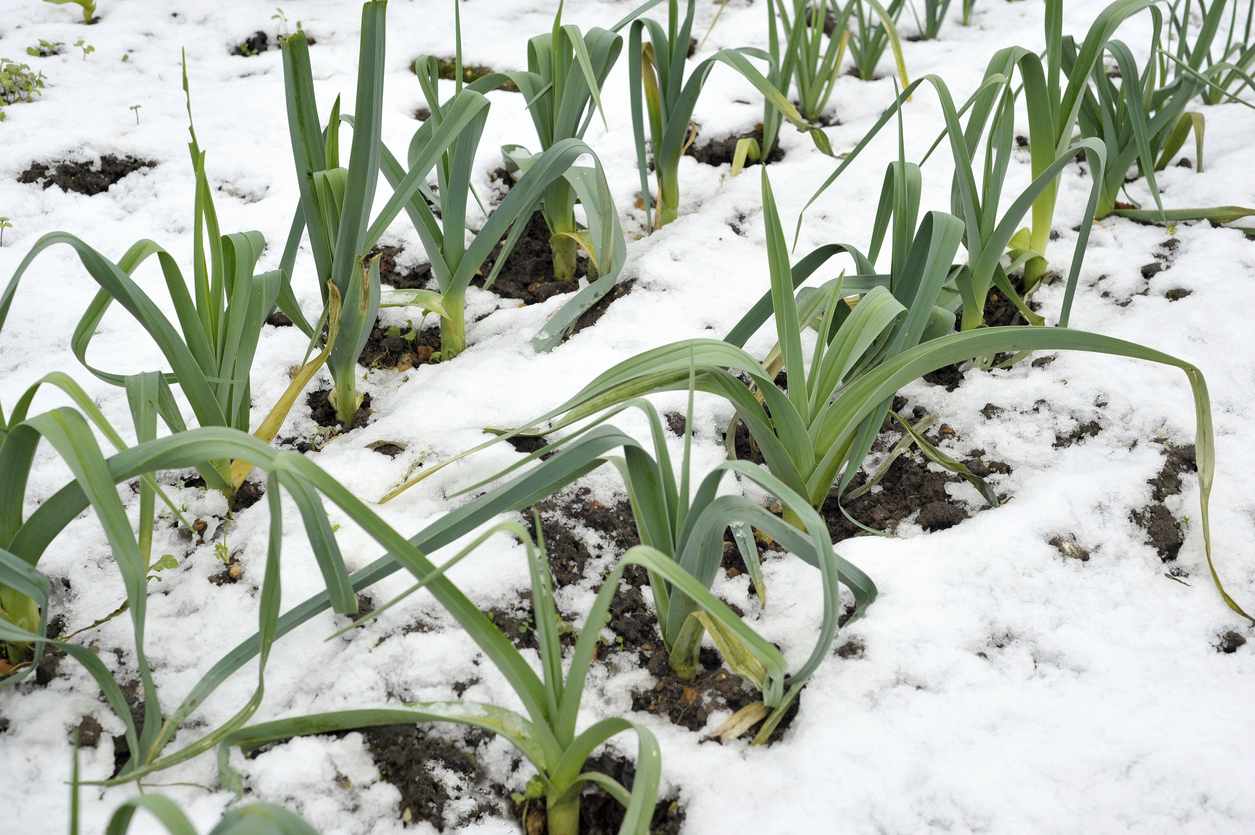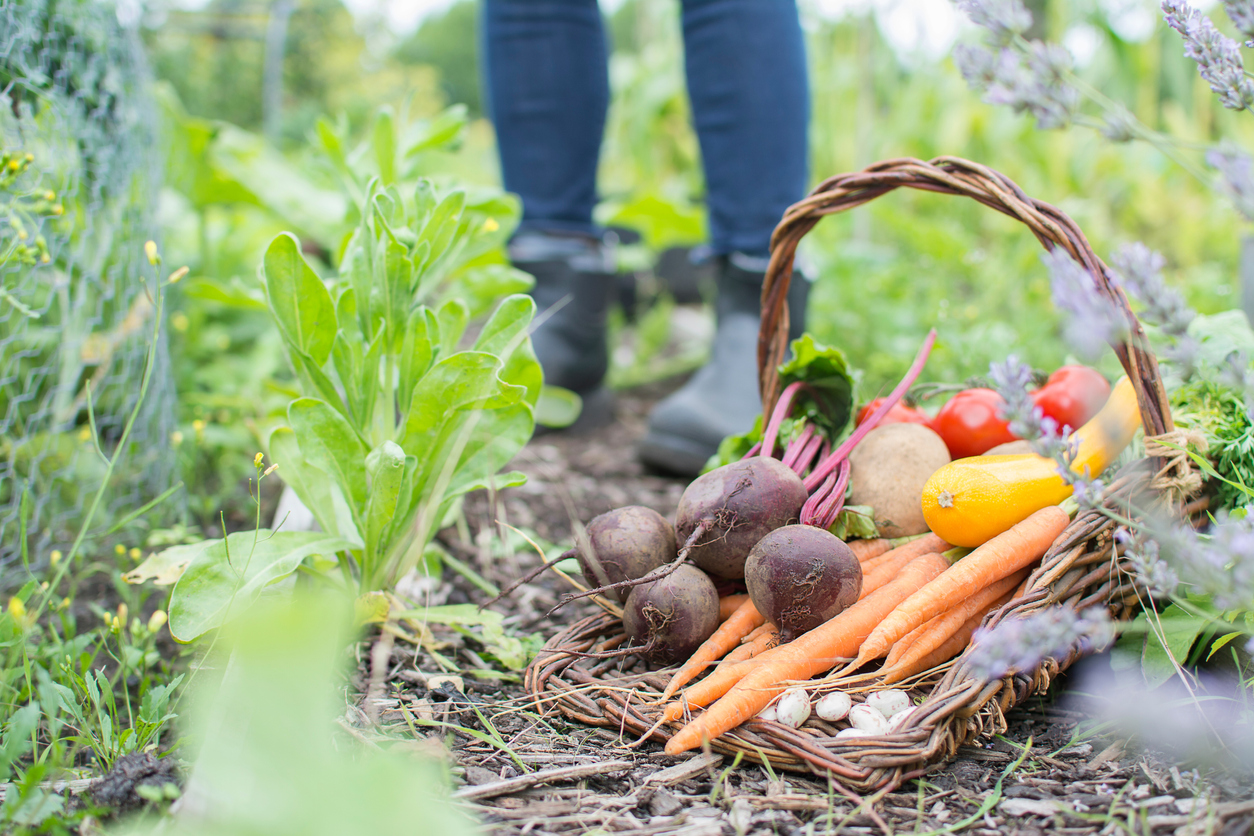Summer came and went, and Fall followed quickly behind it in Northeast Ohio. So, it’s time to say goodbye to your warm-weather-loving plants and start thinking about what you can plan in the cooler temperatures.
Start by identifying what types of plants thrive in cooler weather: beets, broccoli, arugula, kale, cabbage, carrots, peas, brussel sprouts, cauliflower, fennel, garlic, onions, turnips, potatoes, rhubarb, and so much more. Yes, your cool season garden will be filled with nutritious veggies!
Now, to build your garden so it’s optimal for cool weather. Here’s what you need to consider as you’re planning the winter garden in your outdoor living space:
Frost Dates
Now is the time to start planting. Your cool weather crops can handle a little bit of frost, but it will become increasingly important to check your soil and air temperatures. Planting now will allow your crops to reach their maturity before the first of the frosts hit.

Cold Frames
You can build (or buy) a cold frame to increase your plants’ longevity during the cold months. Cold frames also allow you to plant even earlier if you wish! If you build one, make sure you hinge the top to allow for ventilation.
Going Underground
Some plants mature faster than others, like carrots and beets, for example. You’ll want to plant crops like these earlier in the season, around the end of summer. Since these crops grow quickly and can become overwhelming if you have too much at once, we recommend planting them in small rows or patches successively.
Building Up
We’re talking about peas! Peas love to grow upwards, so it is important to include support for the peas to climb as they grow. You will want to plant your peas early in the year; This will allow you to get a good Spring harvest and a last-of-the-year Fall harvest.
